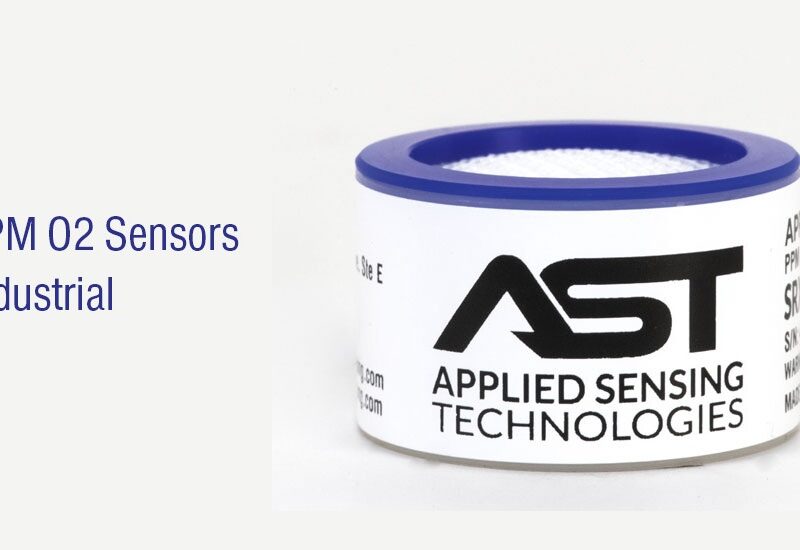
How PPM O2 Sensors Work and How They Can Benefit Your Industry
Introduction:
In today’s industrial landscape, the need for accurate and reliable gas sensing technologies is paramount. One such technology that has gained significant importance is the Parts Per Million (PPM) Oxygen (O2) sensor. These sensors play a crucial role in various industries, ensuring safety, optimizing processes, and reducing costs. Applied Sensing, a leading company in the field of gas sensing technology, offers advanced PPM O2 Sensors that are revolutionizing industries worldwide.
Understanding PPM O2 Sensors:
PPM O2 sensors are designed to measure the concentration of oxygen in gas mixtures at extremely low levels, typically in the range of parts per million. These sensors utilize advanced electrochemical principles to accurately detect and quantify the amount of oxygen present in the gas environment. Applied Sensing’s PPM O2 Sensors consist of a sensing element, often made of a solid electrolyte material, and electrodes that facilitate the electrochemical reactions.
Working Principle:
The working principle of a PPM O2 Sensor involves a redox reaction between the oxygen molecules and the sensing electrode. At elevated temperatures, the solid electrolyte material conducts oxygen ions. When the sensor is exposed to a gas sample, oxygen molecules from the sample diffuse through the porous protective layer and come into contact with the sensing electrode. At the sensing electrode, oxygen molecules are reduced, causing a current flow proportional to the oxygen concentration. This current is then measured and converted into a corresponding PPM value.
Benefits for Industries:
- Safety Enhancement: PPM O2 sensors play a vital role in ensuring safety in various industries where oxygen levels need to be monitored closely. For example, in confined spaces, such as tanks or pipelines, the presence of low oxygen levels can pose a serious risk to workers. Applied Sensing’s PPM O2 sensors provide continuous monitoring, enabling timely detection of oxygen-deficient environments, and triggering alarms or safety protocols to protect workers.
- Process Optimization: Many industrial processes rely on precise control of oxygen levels for optimal performance. PPM O2 sensors can be integrated into these processes to provide real-time feedback and control. For instance, in the food and beverage industry, where oxygen-sensitive products are manufactured, such as beer or packaged foods, maintaining the desired oxygen levels is critical to ensure product quality and extend shelf life. Applied Sensing’s PPM O2 sensors enable precise monitoring and control of oxygen levels, leading to improved process efficiency and reduced waste.
- Cost Reduction: Accurate monitoring and control of oxygen levels can significantly reduce costs in industries where inert atmospheres are required. In applications such as welding, heat treating, or metal processing, the presence of oxygen can lead to oxidation, affecting product quality and increasing material consumption. By employing PPM O2 sensors from Applied Sensing, industries can maintain oxygen levels within the desired range, minimizing oxidation-related issues and optimizing material usage, ultimately reducing costs.
- Environmental Compliance: PPM O2 sensors also play a crucial role in ensuring compliance with environmental regulations. Industries that generate emissions, such as power plants or chemical production facilities, need to monitor and control their oxygen levels to minimize the release of harmful gases. Applied Sensing’s PPM O2 sensors provide accurate and reliable measurements, helping industries maintain compliance and minimize their environmental impact.
Conclusion:
As industries continue to evolve and prioritize safety, efficiency, and environmental responsibility, PPM O2 sensors have become indispensable tools. Applied Sensing’s advanced PPM O2 sensors offer precise and reliable oxygen measurements, allowing industries to enhance safety, optimize processes, reduce costs, and ensure compliance with regulations. By harnessing the power of PPM O2 sensors, industries can pave the way for improved operations and a more sustainable future.





